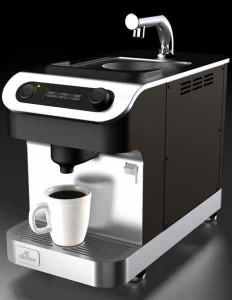Asia and the Pacific: an Overview

For our purposes, “Asia and the Pacific” generally refer to India and Southeast Asia and then the Pacific islands, excluding Indonesia. Yes, the continent of Asia is the world’s largest – technically, Mocha coffee from Yemen could be considered an Asian coffee – but as far as coffee regions go, it’s best that we stick to south and southeast Asia. Large coffee producers like Vietnam are found in southeast Asia, and the influence of coffee splits out further east until you reach the United States: Hawaii in particular.
The major producers of coffee in Asia are Vietnam, India, and Cambodia – Vietnam is renowned for its focus on Robusta coffee and produces about a third of the world’s largest producer of coffee, Brazil. It’s a distant second from Brazil, but it is still second place, which means that it is highly likely that even the most casual of coffee drinkers have drank coffee grown in this particular region of the world.
Southeast Asian Robusta coffee production is of particular importance here, and it’s worth spending some time to further shed light on the subject. According to the Food and Agriculture Organization of the United Nations’ most recent data, Vietnam alone produces some 1.18 million of metric tons of green coffee, which is coffee in its natural, pre-roasted form.
Approximately one-fifth of the world’s coffee produced is Robusta coffee, with most of that coming from the Robusta-friendly soils of Vietnam. In fact, it was fairly recent that Vietnam passed countries like India, Brazil, and Indonesia to become the world’s largest producer of Robusta coffee. Since many types of Robusta coffees are sold in American supermarkets – and, indeed, supermarkets around the globe – it is very likely that you have consumed coffee that originated in Asia and the Pacific before.
For the most part, southeast Asia and India focus on Robusta coffee, with India producing coffees of both types. Sri Lanka, Cambodia, Thailand, and Vietnam all tend to focus on producing Robusta coffee.





